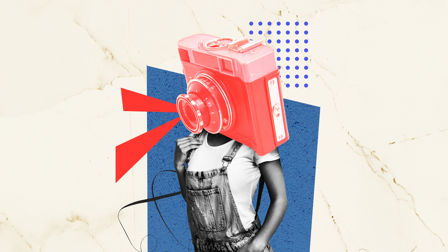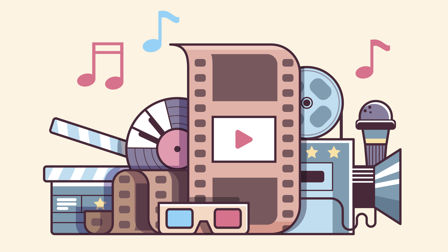The Way I See It: Jonathan Kneebone
The Glue Society co-founder, who is repped by Biscuit and Revolver, shares with Tim Cumming his reflections on more than 25 years of cutting-edge creativity and communications. From the pioneering interactive campaigns of the 1990s – long before we ever thought of connecting the words ‘social’ and ‘media’ – through to the impact of experiential work; art installations; crazy ideas and the secret behind how to create a bona fide Fountain of Youth.
I studied electronic engineering at university. I loved television, but the school careers office was sufficiently narrow-minded that the only way to get into TV was to go into the engineering side. I knew I wasn’t gifted at electronics, and I wanted to find something I’d enjoy. At the uni careers office, I started at the letter A. I didn’t want to be an accountant or an actuary, but the next entry was advertising. It was a eureka moment, because everything I loved – radio, TV, newspapers – was all covered by it.
Advertising is at its best when we give the audience enough of an exciting or surprising appetiser to get them to think about what we are talking about.
I was taken on at the School of Communication Arts, in London, and that’s where it all started. [Founder] John Gillard taught us, as he did so many people. It was amazing; it was everything I wanted in life. Gillard said: “I’m not going to teach you how to do advertising, I’m going to teach you how to think.” His thing was to teach you how to use your brain, and solve problems and work things out for yourself. No one had bothered to say that to me. He exposed me to the idea of using creativity to solve problems and make life better.
He gave me an interest in work that involved the audience. Which hit home. I loved that as a thought. That’s really where the appetite to do work that’s experiential stems from. That’s why I’ve tried to do audience-involving work that starts conversations. I always liked interactivity. Even before that was a thing you could do – before the technology existed. Advertising is at its best when we give the audience enough of an exciting or surprising appetiser to get them to think about what we are talking about.
The people who move the world forward do things that people have never seen before in a way that gets under people’s skin.
People are very good at knowing if you’re trying to con them or hijack them for invalid reasons. People are much smarter than that. They do genuinely respond to things that reward them for their time. All the best work does that. And usually it’s stuff they’ve not seen before.

Kneebone and his partner Dave Johnson created the promotional Tango Orange Doll from the legendary ads.
I’ve always been interested in that relationship between originality and engagement. The people who move the world forward do things that people have never seen before in a way that gets under people’s skin, but also rewards them for their involvement. The best advertising does that too, whether it’s Honda Cog or Guinness Surfer. The stuff that people love is the stuff that takes them somewhere new, and doesn’t hijack their attention meaninglessly.
The work that is determined to involve people does elevate itself to communication art.
You have to think about what’s worthy of people giving their attention. Providing them with enough of a story that they want to share with someone – that’s what great art does, it’s what great communications does. And I like the idea of being a communicating artist, as opposed to someone who does advertising.
It’s where the industry needs to go, because the work that is determined to involve people does elevate itself to communication art.
Credits
powered by
- Agency VMLY&R/London
- Production Company Biscuit Filmworks/UK
- Director The Glue Society
-
-
Unlock full credits and more with a Source + shots membership.
Credits
powered by
- Agency VMLY&R/London
- Production Company Biscuit Filmworks/UK
- Director The Glue Society
- Production Co. Revolver
- Managing Director/Executive Producer Rupert Reynolds-MacLean
- Head of Production Samantha Chitty
- Post Production The Glue Society
- Editor Luke Crethar
- Colorist Scott Stirling
- Sound Heckler
- Sound Executive Producer Bonnie Law
- Sound Designer Dave Robertson
- Director Millicent Malcolm
- Executive Producer/Managing Director Michael Ritchie
- Executive Producer/Partner Pip Smart
- Producer Jasmin Helliar
- Producer Serena Paull
- Production Designer Damien Drew
- DP Ross Giardina

Credits
powered by
- Agency VMLY&R/London
- Production Company Biscuit Filmworks/UK
- Director The Glue Society
- Production Co. Revolver
- Managing Director/Executive Producer Rupert Reynolds-MacLean
- Head of Production Samantha Chitty
- Post Production The Glue Society
- Editor Luke Crethar
- Colorist Scott Stirling
- Sound Heckler
- Sound Executive Producer Bonnie Law
- Sound Designer Dave Robertson
- Director Millicent Malcolm
- Executive Producer/Managing Director Michael Ritchie
- Executive Producer/Partner Pip Smart
- Producer Jasmin Helliar
- Producer Serena Paull
- Production Designer Damien Drew
- DP Ross Giardina
The Glue Society's Earthdays ad for Alpro - the creative collective has become increasingly involved in environmental issues.
I started at DMB&B in the Nineties with my partner Dave Johnson, then we moved to Howell Henry. We were interested in ‘the different’ for the sake of being better. And that excited us. We proved there was a formulae, and broke it.
We worked on the Tango Orange Doll, where you had to listen to a paid-for phone call for seven minutes for the company to raise enough money to be able to send it to you for free. [Tango had to engage its customers’ attention for between six and seven minutes to ensure that the doll promotion paid for itself].
The rules felt very different in Australia. We didn’t know where we’d end up, and that was exciting.
For Mazda, we did a campaign where you had to turn the sound up to hear about the cars. It was the early days of interactive. We made an ad that you had to record on a Friday night, then rewind and watch for the clues. It was bonkers, but way ahead of its time. Then we were offered a job in Sydney, at Young & Rubicam.
The rules felt very different in Australia. We didn’t know where we’d end up, and that was exciting. We got a chance to explore what we felt advertising could be, in our own way. We had more freedom to do that in Sydney. It felt like we were creating our own rules a bit more.
Credits
powered by
- Agency Uncommon/London
- Production Company Biscuit Filmworks/UK
- Director The Glue Society
-
-
Unlock full credits and more with a Source + shots membership.
Credits
powered by
- Agency Uncommon/London
- Production Company Biscuit Filmworks/UK
- Director The Glue Society
- Production Co. Revolver
- Editing tenthree
- SFX MachineShop
- Post Production Electric Theatre Collective
- Colorist Jason Wallis / (Colorist)
- Sound String and Tins
- Music Supervision King Lear Music & Sound
- Producer Tom Birmingham
- Managing Director Rupert Reynolds-MacLean
- Executive Producer Samantha Chitty
- Head of Production Polly du Plessis
- Production Manager Adam Oyejobi
- DP Krzysztof Trojnar
- Production Designer Mark Connell
- Editor David Whittaker
- Executive Producer Vic Lovejoy
- VFX Producer Joe Billington
- VFX Supervisor James Sindle
- VFX Supervisor Amy Smith
- Sound Designer Adam Smyth
- Audio Mix: Joe Wilkinson / (Composer/Sound Designer)
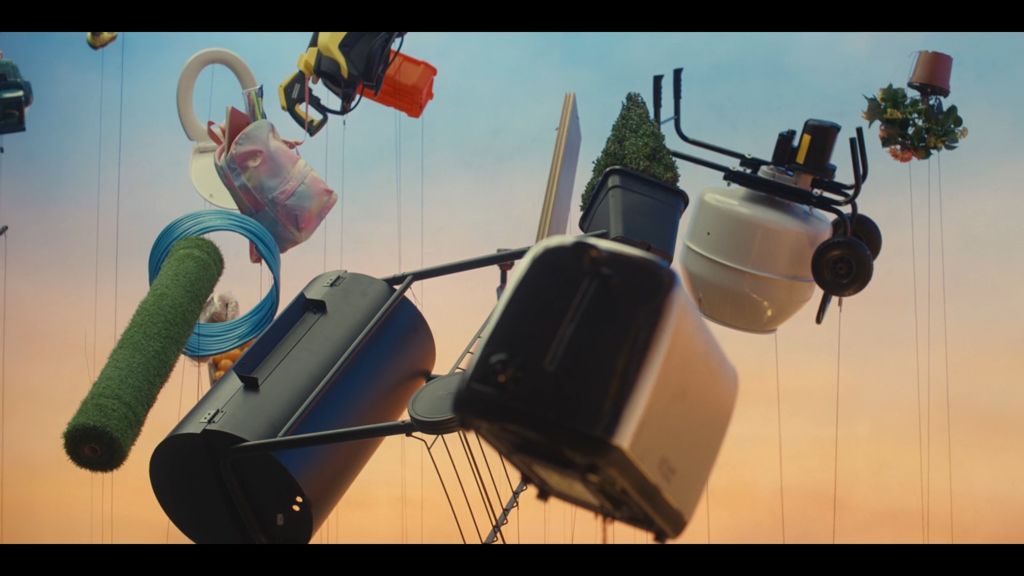
Credits
powered by
- Agency Uncommon/London
- Production Company Biscuit Filmworks/UK
- Director The Glue Society
- Production Co. Revolver
- Editing tenthree
- SFX MachineShop
- Post Production Electric Theatre Collective
- Colorist Jason Wallis / (Colorist)
- Sound String and Tins
- Music Supervision King Lear Music & Sound
- Producer Tom Birmingham
- Managing Director Rupert Reynolds-MacLean
- Executive Producer Samantha Chitty
- Head of Production Polly du Plessis
- Production Manager Adam Oyejobi
- DP Krzysztof Trojnar
- Production Designer Mark Connell
- Editor David Whittaker
- Executive Producer Vic Lovejoy
- VFX Producer Joe Billington
- VFX Supervisor James Sindle
- VFX Supervisor Amy Smith
- Sound Designer Adam Smyth
- Audio Mix: Joe Wilkinson / (Composer/Sound Designer)
Directed by The Glue Society, this B&Q spot carried a powerful message about the UK's cost of living challenges.
We decided to start our own thing after a couple of years at Y&R. We did a project with Lachlan Murdoch, to get people in advertising to do better print ads. So we approached a lot of artists and gave them a double-page spread and asked them what they’d do with this space, and the work we got back was so different from what adverts looked like. It gave people inspiration to break the rules. We thought, wouldn’t it be great to be the artists who get the brief? That was the inspiration for starting Glue Society with Dave Johnson and Gary Freedman, who’s gone on to be a great director in his own right.
Could we make a living doing all the things we loved, without the rigidity of being in an agency? That was 25 years ago. 1998. We’re still trying to work that out. Along the way, the work has moved from originating and directing ideas to originating and directing experiences, and making art. Over the years there’s been around 50 people who have been part of Glue. It’s evolved from film to art to experiences, to those ideas that people don’t know how to make, so they ask Glue Society to help them.
That’s why we’re the Glue Society. It’s a binding agent. The name was our first piece of work, actually.
We get excited about working in uncharted spaces, maybe because no one knows if you’re doing it well or not, because no one has done it before. It is good to be able to challenge yourself to see what you’re capable of. Advertising allows that. That’s the best thing about it. You can make a living by exploring what you’re capable of and what creativity can be. And that is such a strange world to live in. It’s a real luxury.
When a project comes in to us, the first question is, ‘why is someone going to be interested in this and how do we make them interested in it?’ That’s why we’re the Glue Society. It’s a binding agent. The name was our first piece of work, actually.
Certain issues have become really important to us. We’ve done artworks with an environmental side to them. The melted ice cream van captured everyone’s imaginations the most. We’re working on a project called Earth’s Black Box – like you have on an aeroplane. It’s being built in Tasmania next month.
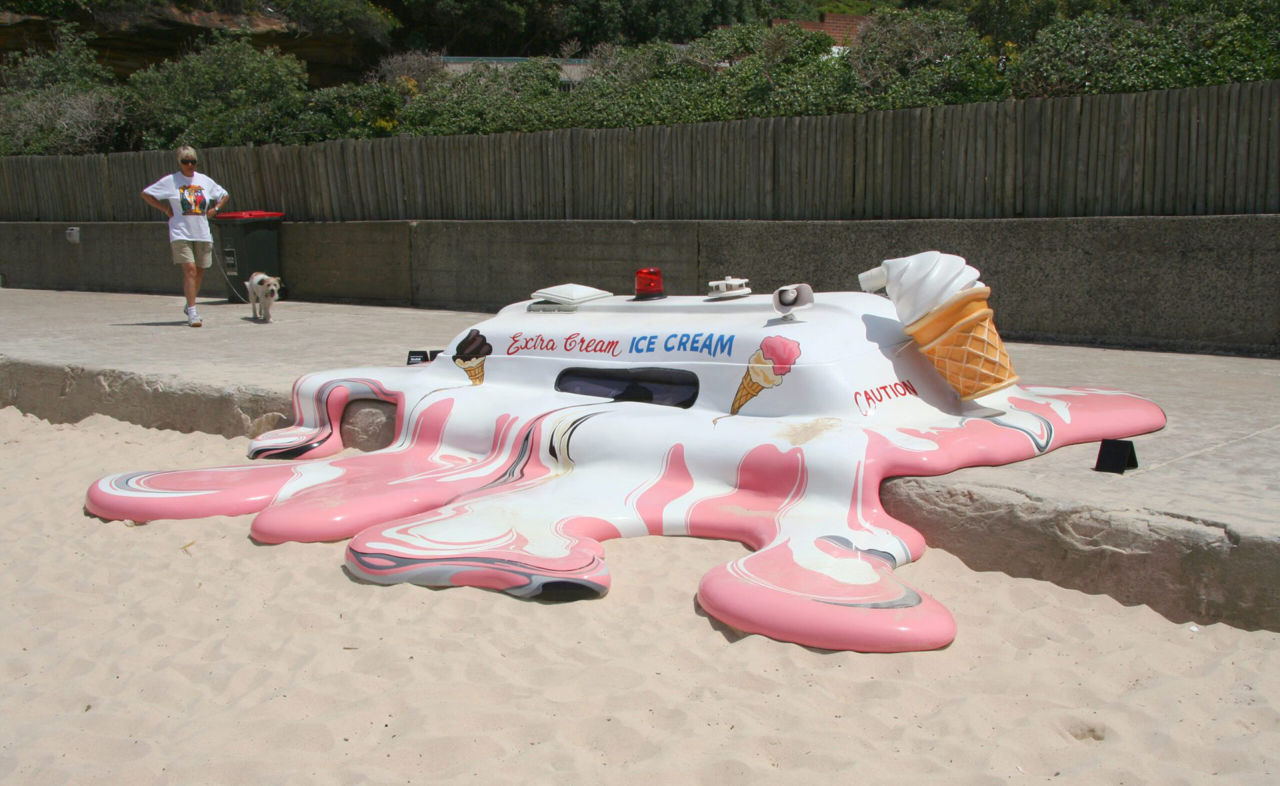
Hot With the Chance of a Late Storm was a seaside sculpture in Sydney in 2013 that delivered a potent warning about climate change, it later featured in the Paris Climate summit.
We’re in a really interesting situation now, where people who want to draw people’s attention to significant issues are realising that creativity and communication art is a great way to do that. That’s why we’ve found ourselves doing more work on the environment, diversity, and inclusivity. We strive to make people interested in issues they may not otherwise have thought about.
Opportunities can bring something out of you that you weren’t expecting, just as people do.
If you want people to really connect with something you can’t shout at them; you have to engage them. Take something like Just Stop Oil. They’ve become a predictable irritant, and while some of the imagery they create – throwing powder on a snooker table – is interesting, it’s not bringing people with them. It repels more than engages.
The best work comes when you meet people you know are going to force you to do something you wouldn’t have felt yourself capable of. When you meet people you know are going to bring something out of you that hasn’t surfaced before, it’s very exciting. Opportunities can bring something out of you that you weren’t expecting, just as people do.
We were asked recently to create a piece of art for a sculpture festival in Townsville, northern Australia. We thought, why don’t we make a fountain – a Fountain of Youth?
It is six cherubs sitting around the fountain, weeing into the same pot. Then, at irregular intervals, they turn round and piss on the crowd. So the audience is forced to get involved – and what we hope will happen is that people will discover their inner child, so it almost does become a Fountain of Youth. And it is drinkable water.
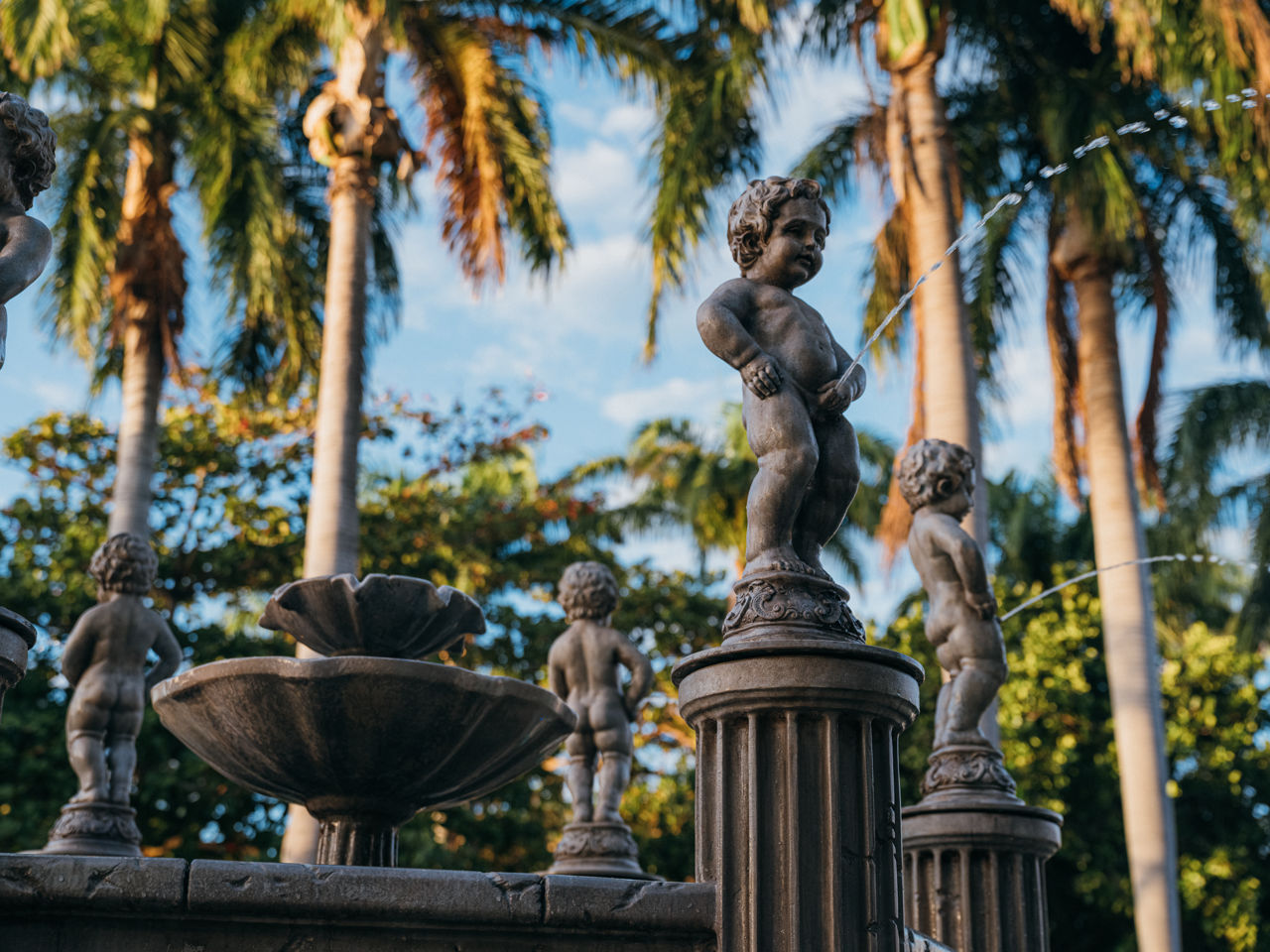
The Fountain of Youth, a sculpture in Townsville, Australia, was designed to bring out the beholder's youthful spirit. Image by Damien Drew.
AI will unlock new opportunities, rather than making us feel we’re under threat. A creative future with AI is an opportunity to explore thoughts or ideas more readily, to make them more palatable to people who are more risk-averse. The most important thing is how it can help make unexpected ideas easier to explore. That’s how I feel about it at the moment. It’s a way of exploring more interesting avenues.
I don’t think AI will take over creativity, but in the wrong hands it could be used to make creativity cheaper, and to replicate things that have been done before, more cost-effectively. That is what the writers’ and actors’ strike at the moment is all about.
As soon as you say, ‘the audience won’t get it’ or you underestimate your audience, that’s when you fuck up.
The enemy of creativity is when you forget the audience, when work tries to impose itself on people or force people to think through sheer repetition. As soon as you want to control the situation, you’re diminishing what is possible and what your outcomes are going to be. You have to embrace the opportunity of it failing, to enjoy the thrill of it working.
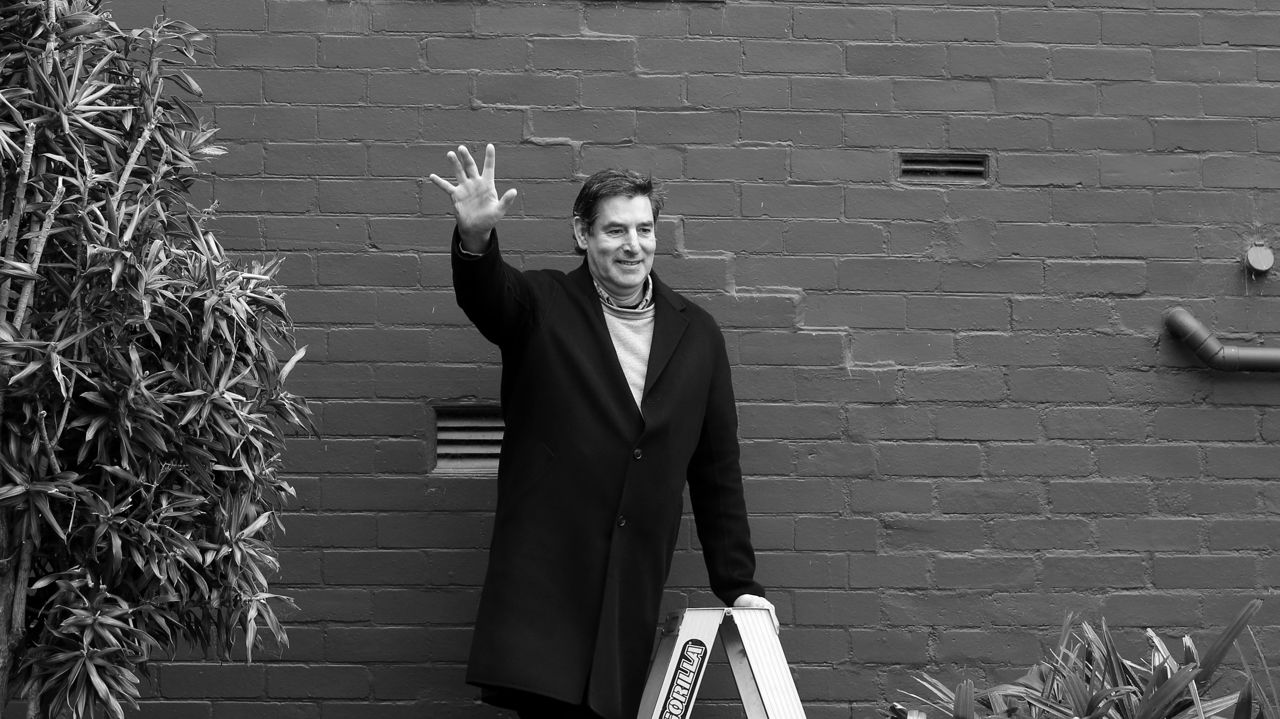
Main Image and above taken by Paul Bruty of The Glue Society.
The speed at which people love something new is incredible. That thirst for it is really exciting, but most of the work we get asked to do as an industry forgets what the real opportunity is – to create something that is globally captivating and infectious. Creativity unleashes all of that, but as soon as you say, ‘the audience won’t get it’ or you underestimate your audience, that’s when you fuck up.
I love the big gestures in creativity. The really good ones take people way beyond where they were expecting. And brands are starting to latch on to that. The opportunity of an experience, an event, an installation, an endeavour, which has meaning, is the most powerful thing. It’s the future for brands. The control the brand gets is to control the context of the event.
Great stuff that is really refreshing can go way beyond the immediate audience that an advertising space offers. They’re no longer fitting into a media channel that’s playing a particular programme at a particular time. They’re creating the whole experience, from beginning to middle to end.
)
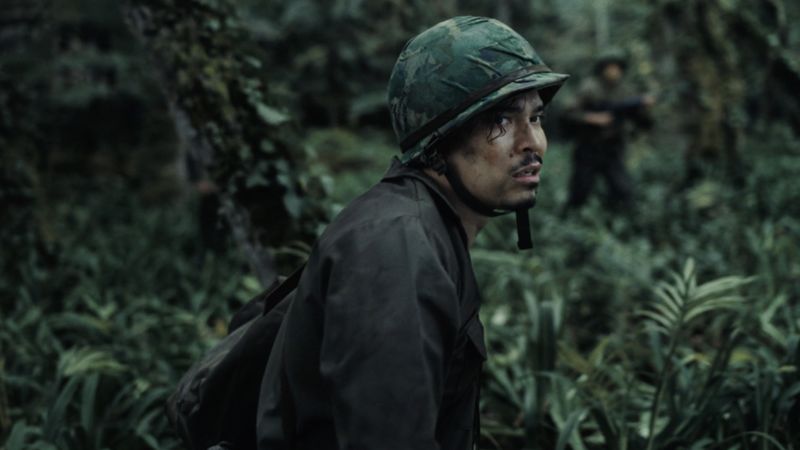



 + membership
+ membership



